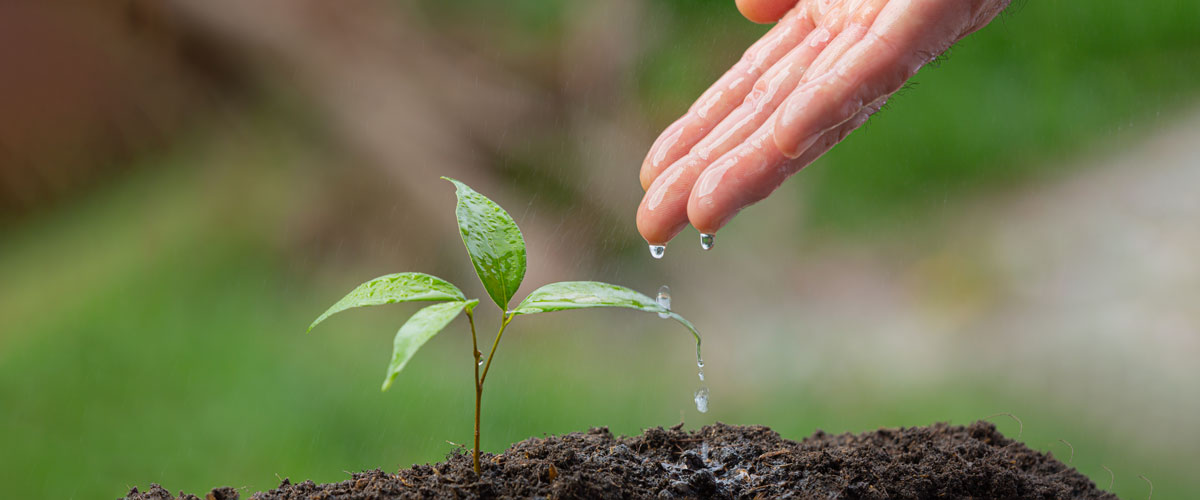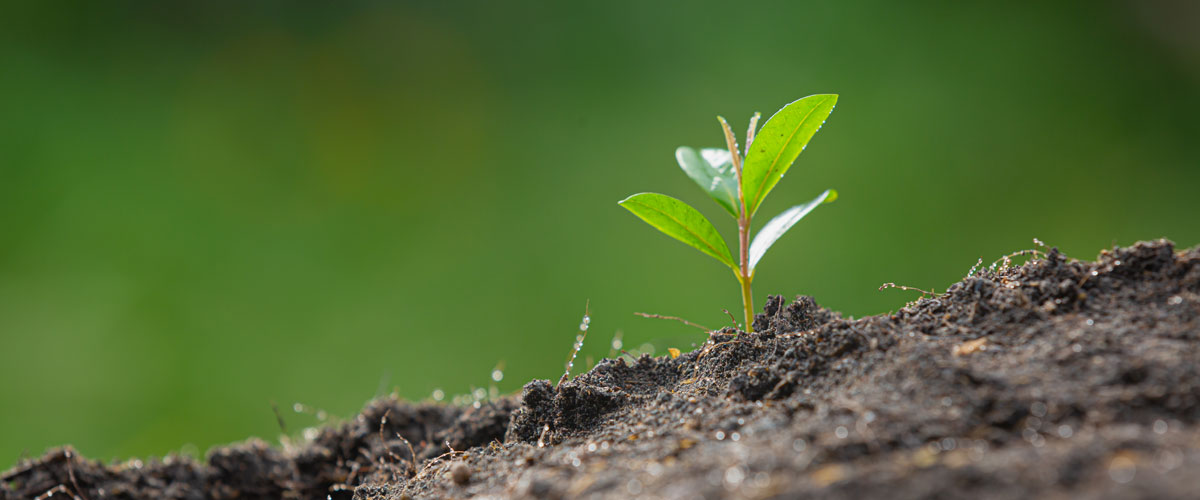Water footprint is an indicator used to determine the use of fresh water in the world. Through this indicator, the amount of water used in the world is measured and measures are taken to reduce water consumption.
When water resources are used irregularly with the increase in population worldwide, a global danger is encountered. In order to direct water resources, which have a limited structure, to a more sustainable use, everyone should reduce their water footprint to a smaller size. In order to reduce the water footprint, there are 13 practical methods that can reduce direct and indirect water use.
Before moving on to the methods that can reduce the water footprint, it will be useful to look at the definitions of water footprint. Firstly, water footprint shows the total amount of water used within the boundaries of consumption. Calculations for this value take into account the amount of water consumed from the production of products/services to the supply chain. Thus, the individual impact on the environment in terms of water resources can be measured.
Through water footprint values, the amount of water used, and the types of water used can be seen more easily. In this way, the distinction between the amount and distribution of water consumption is clearly revealed. There are 3 different types of water footprint. These types are known as green, blue, and gray as 3 different components.
- Green water footprint is the amount of rainwater used in the production of a product.
- Blue water footprint is the amount of surface and groundwater used in the production of a product.
- Gray water footprint is the amount of water used for the treatment of water polluted during the production and supply process of a product.
These components, which have a name in the form of water footprint colors, actually provide a different benefit. That is because if you intend to reduce the volume of water used, it provides you with a great convenience. For example, when a calculation is made according to the types of water footprint in a production facility, a strong sustainability policy can also be achieved.
Every organization can easily access the comprehensive corporate water footprint calculation services offered by Greenlife Consultancy in order to have more information about the water footprint.
It is possible to reduce the water footprint directly without any calculation and to save a practical water use, a list of 13 practical methods that can be applied in daily life. While the methods in this list are actually divided into two main sections, one of these sections is called the direct water footprint caused by direct water consumption and the other is called the indirect water footprint caused by indirect water consumption.
What is Direct and Indirect Water Footprint?
When performing water footprint examinations, two different examinations are provided as direct and indirect. This is because in order to analyze water consumption in a holistic way, it is necessary to calculate these two parts separately and combine the results. In addition, by making this distinction, anyone who wants to reduce their water footprint can achieve great convenience. In other words, by knowing how much and how you consume water at which points, it is possible to plan a more conscious water saving.
- The concept of direct water footprint means the use of water by individuals. In other words, this footprint includes the amount of water used directly in areas such as bathrooms, kitchens, and gardens. As it is known, water is used directly in many different areas in daily life.
- Indirect water footprint basically has a name in the form of virtual water. This concept shows the total amount of water use in all stages from production to supply within the framework of the production or consumption of a product. While the products consumed in daily life arrive to you, it needs water during the production phase and therefore it also expresses an amount within the scope of indirect water footprint.
13 Practical Methods to Reduce Water Footprint
In order to reduce the water footprint, it is basically necessary to save water first. By saving water, a lower cost and effective use of resources are actually achieved. In fact, at a more important point, it is necessary to use water efficiently in order to have the opportunity to leave a better world for future generations.
When looking at the concepts that define the water footprint, two concepts such as direct water footprint and indirect water footprint are encountered. In this respect, while reviewing 13 practical methods to reduce the water footprint, 7 items for direct water footprint reduction methods and 6 items for indirect water footprint reduction methods will need to be examined separately in two sections.
7 Methods to Reduce Direct Water Footprint
The direct water footprint is the direct use of water by individuals. Therefore, the 7 methods to be expressed to reduce the direct water footprint would be centered on these points.
- By paying attention to water leaks, leakages can be prevented by constantly checking taps or pipes in homes. The water footprint can be reduced when water leaks are prevented. Although it is not emphasized much in the world today, 10 tons of water is wasted every year due to water leaks in pipes.
- Turning off the tap during shaving and tooth brushing will clearly prevent the water flowing into wastewater that it will not be used. It is always important to use as much water as you need during tooth brushing and shaving, because wasted water increases the water footprint.
- The water footprint can also be minimized by not keeping the water on during fruit/vegetable washing. In fact, by washing fruits and vegetables in water filled in a container instead of running tap water, both water savings can be achieved, and measures can be taken before the water footprint grows with controlled water use.
- Shorter showers would reduce water use, save water, and minimize the water footprint.
- Washing clothes in the washing machine would result in lower water usage compared to hand washing, in other words, the water footprint will be reduced while saving water. In addition, at this point, using the washing machine always full, that is, washing the clothes together instead of washing them one by one, will be both a water-saving and economical method.
- By paying attention to the amount of water used in cleaning, it can be ensured that you use as much water as you need for cleaning at points such as balconies or gardens in your home. In addition, at points such as window cleaning, floor cleaning or dishwashing, excess water waste can be prevented by using machines instead of using hand washing or water in a container instead of running water.
- Car washing with a bucket instead of a hose also prevents a lot of water waste, while the water footprint can be reduced when you use as much water as you need.
6 Methods to Reduce Indirect Water Footprint
Again, as stated for the indirect water footprint concept, water is used sometimes in the production line and sometimes at different stages in the supply and distribution of the product to be delivered to consumption. In other words, for many consumer products in daily life, an indirect water footprint emerges with the water used from the production stage to the supply. In this context, 6 methods can be considered to reduce the indirect water footprint.
- A reduction in indirect water footprint can be achieved by reducing meat consumption. Because a lot of water is used when producing animal foods. For example, when producing 1 kilogram of beef, approximately 15 liters of water are required.
- By choosing local food in consumption, supply chains will be shorter and use less water. Because food that is not local, that is, comes from outside your city or even from a different country, requires water usage at many points, from packaging to distribution.
- Water footprint can also be reduced by choosing organic foods. For example, when tomatoes are taken directly from the field, less water is used. However, while these tomatoes are turned into cans using fabrication methods, there is an intense need to use water for this product you want to obtain.
- The water footprint can also be reduced by consuming less sugar because approximately 1800 liters of water is used to produce 1 kg of sugar from sugar cane alone.
- When tea is preferred over coffee, a significant benefit is achieved for the indirect water footprint. Although this point sounds a bit interesting, the indirect water footprint caused by a cup of coffee is 4 times higher than that of a cup of tea. In other words, when tea is preferred more than coffee, less indirect water use occurs.
- By avoiding excess clothing, more clothing production is prevented, and a lower indirect water footprint value emerges. Because in the industry, for example, thousands of liters of water are needed to produce just one pair of jeans.




